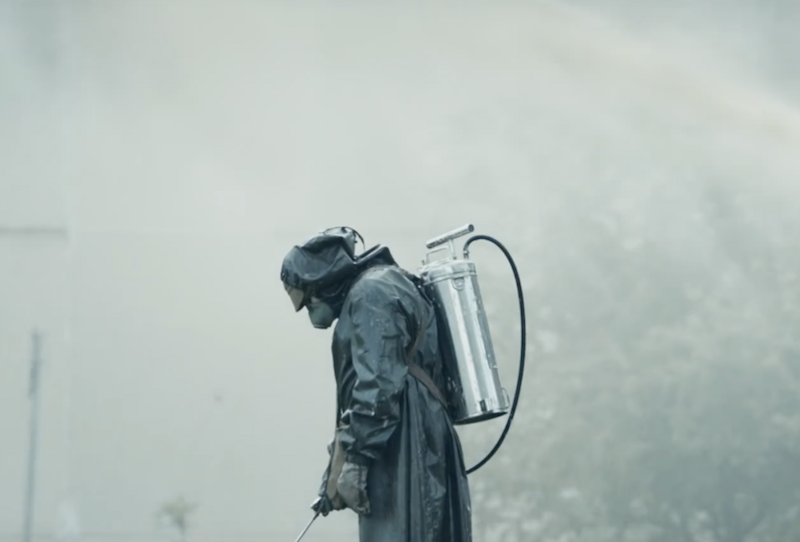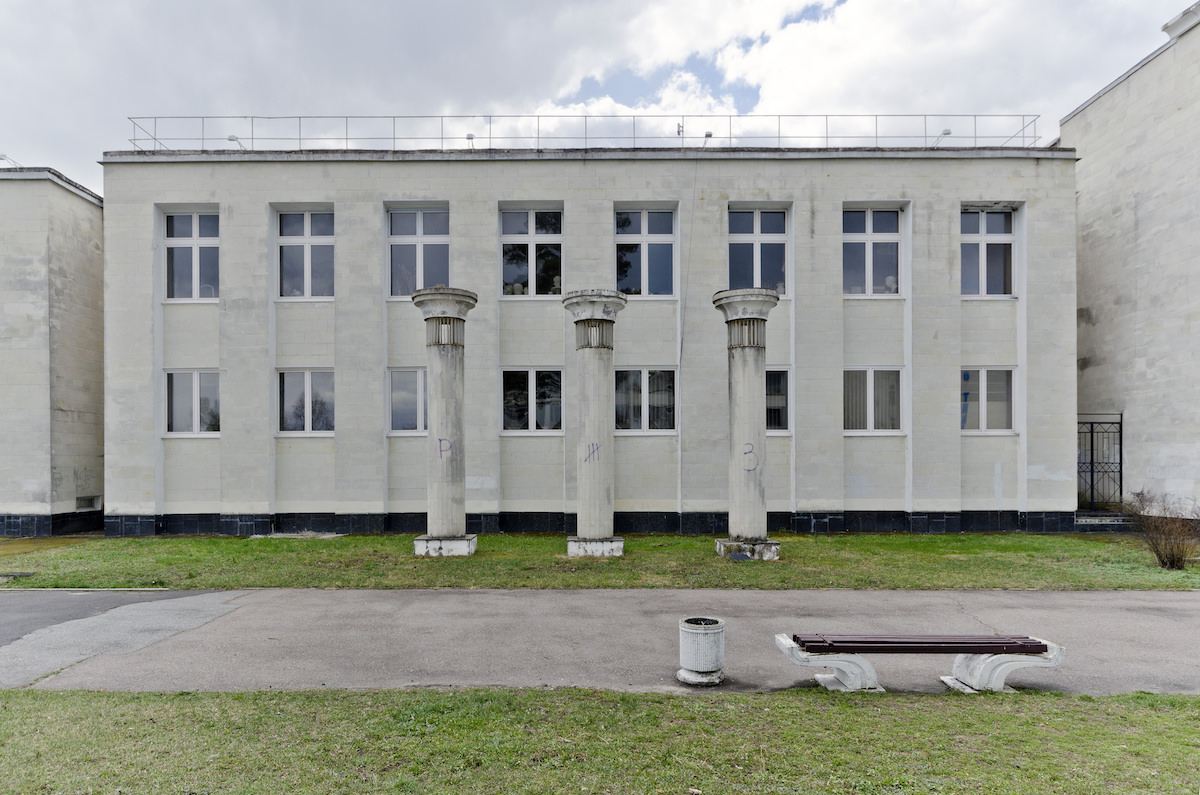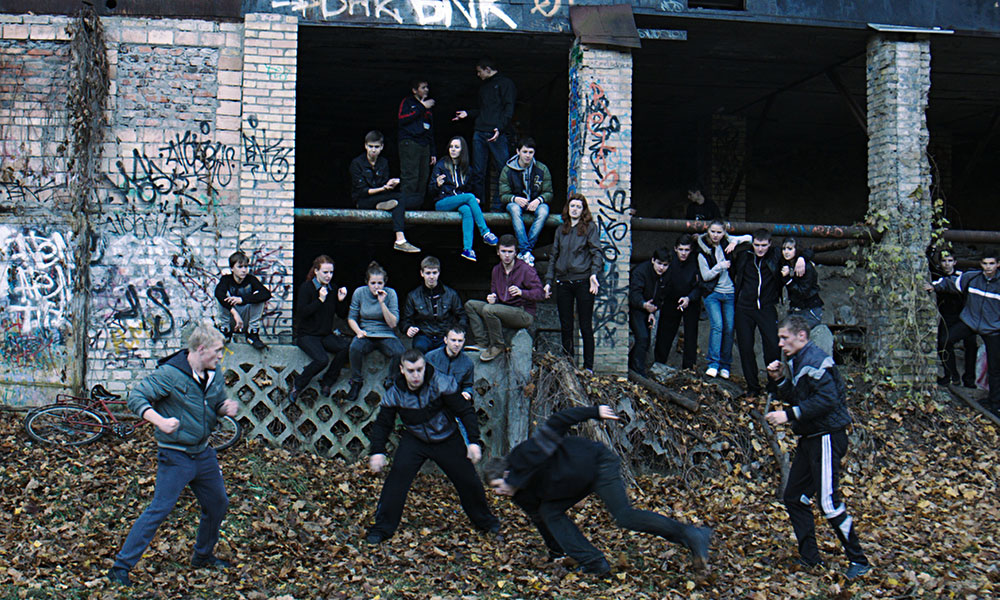HBO’s Chernobyl tells a version of Soviet history that’s vital for both Russia and America

As the latest miniseries from the American cable network garners rave reviews on both sides of the Atlantic, we ask why Chernobyl’s unflinching attention to historical detail is so important.
The final episode of the HBO mini-series Chernobyl aired yesterday. To date, the show has received so much praise internationally that it has become the highest-rated TV show of all time on IMDb, leaving previous record-holders Planet Earth II, Breaking Bad, and Game of Thrones in its wake. In a sense, this level of interest is not surprising — any Calvert Journal editor could tell you that Chernobyl content attracts more clicks than almost any other topic. What is unique, though, is the acclaim for the show coming out of Russia, Ukraine, and other former Soviet countries — testament not only to the show-runners’ attention to detail and empathetic avoidance of stereotypes, but also to how lacking cultural reflection on the disaster has historically been within those countries most affected.
In Russia, the show appeared on the on-demand platform Amediateka, one of Netflix’s biggest competitors in the country, whose main advantage is their partnership with HBO. Chernobyl has already become one of the most discussed shows in Russia, in both traditional media and social media, provoking more reviews and commentary than even the long-awaited Game of Thrones finale. State media has immediately branded the show anti-Russian propaganda, which probably attracted even more viewers — guided by the unwritten rule that anything thus critiqued is probably worth watching. More independent reviewers, and the majority of the social media users, have mainly remarked on three things: the show’s incredibly accurate and detailed set design, its honesty about the actions of the Party following the accident, and the fact that something like this could never have been made in modern Russia.
The obsession of Russian viewers with the details of the set design in a show about the world’s largest and deadliest nuclear disaster might seem superficial at first. However, it is in fact indicative of how consistently Western filmmakers fail to get things right about former Soviet countries, and how getting such details wrong is symbolic of broader-brush stereotyping.
The most ubiquitously-cited example is Jason Bourne’s “Russian” passport in The Bourne Supremacy, where his name in Cyrillic is a nonsense collection of consonants. How expensive would it have been for a film with a Hollywood budget to fact-check the correct spelling of one name? (The real answer, of course, is that it just didn’t matter enough for anyone to care.) These small details accumulate and become part of a narrative of exclusion and othering, reminding us that we’re not the target audience of this cultural production. This is why all the small things Chernobyl got right — from the colour of the staircase walls in a block of flats to license plates indicating the correct region and decade — are big news.
Some reviewers have dubbed this “superfluous detailing”, given that even post-Soviet viewers probably wouldn’t be able to recognise or remember the correct license plate for the Kyiv region in 1986. But to those who do, it shows care and respect; they feel included in the narrative.
Usually, Western filmmakers fail to get things right about former Soviet countries — and getting such details wrong is symbolic of broader-brush stereotyping
The show’s depiction of the political process surrounding the disaster has been another aspect of the conversation about the show, and the consensus is that modern Russia would not be able to produce a film or TV show like Chernobyl. If The Death of Stalin was banned from cinemas for making light of the death of a dictator whose regime is known to have enacted mass repressions and executions, ethnic cleansing, famines, and deportations, then what sort of criticism is allowed of Gorbachev’s Party in 1986?
Still from Chernobyl. Image: HBO/YouTube
The story of how the political decisions of the Party increased the body count of the disaster is well-known: the government downplayed the scale of the accident and manipulated the information available about it, which ultimately resulted in many deaths and injuries that could have been avoided. This combination of disregard for human life and obsession with holding on to power is shown in Chernobyl as a complex, multifaceted Soviet tragedy all of its own. But this is a dynamic that is rarely explored in mainstream films made in modern Russia, where criticising authority — even that of past ages — is seen as hostility to the nation. (Smaller films do of course tackle questions of political corruption and violence, even if they can struggle to find a domestic audience.) The only conclusion to draw from this is that the political issues at the core of the Chernobyl disaster remain unresolved.
A former university lecturer of mine, who is originally from Gomel in Belarus and was five years old at the time of the accident, has said that she watched the show in tears, that it had finally given her an opportunity to discuss the event with her primary school-aged daughter. Another woman commenting on a review of the show writes: “I wish there was a way to express my deep gratitude to the makers of this show for the opportunity to see this part of ourselves from the outside, and for the opportunity to show this part of our history to our children.” In a review of the show for Afisha, film critic Stanislav Zelvensky writes that HBO has successfully created a cultural reflection of Soviet history for Russia — a remarkable achievement for an American company, and an indictment of Russian filmmaking.


